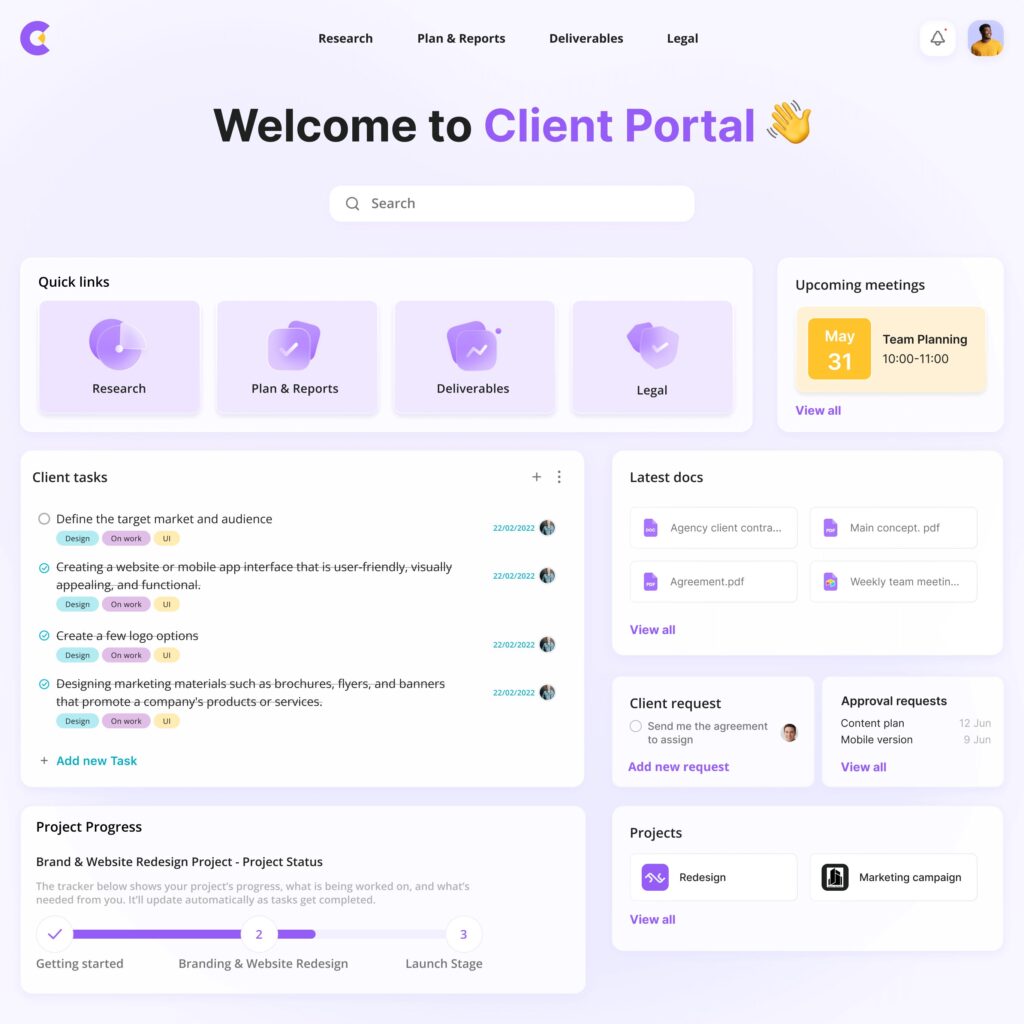
Why Asynchronous Work is the New Way of Doing Things
- 12 Min read
Turn a traditional desk layout into a flexible one with the help of expert advice
Book a demoA flexible workspace is essential for any entrepreneur who wants to work efficiently. In today’s modern workplace, there are several types of workspaces available. Some offer flexibility, while others don’t.
A flexible workspace allows you to choose where you work. This means you can work anywhere, anytime, and get paid while you do it.
There are workspaces that allow employees to choose their own hours and there are those that require them to follow set schedules.
Learn why you should consider implementing a flexible workspace and get tips on how to make it happen.
A flexible workspace is a type of environment where employees can work in different locations throughout the day while they’re at an office.
A flexible workspace allows employees to choose where they work based on their preferences. They are usually designed to accommodate different working styles, such as open offices, hot desks, collaborative spaces, meeting rooms, a conference room, and individual workspaces.
This concept of flexible working makes it easier for companies to adapt to changing needs while still maintaining a cohesive environment.
Unlike a traditional office, this type of flexible working space gives workers more freedom to choose how and where they want to work.
There are important aspects of a flexible working space to consider.
Flexible workplaces have been used in various ways for a long time. Today, we use cubicles, conference rooms, and other office equipment to create our permanent workspaces.
While these options provide us with privacy, comfort, and security, they also limit our ability to move about freely.
When choosing a location for your flexible workspace, think about what kind of space will best suit your needs. For example, if you need to be close to clients or customers, then you may want to look into shared workspaces.
If you need to collaborate with colleagues, then you might want to look into co-working spaces. If you need to focus on one task at a time, then you may want a private workspace.
You’ll find that most businesses will have a mix of all three options.
Flexible workplaces usually offer flexible hours too. However, some employers prefer to operate during certain times of the week.
Some companies start their day early so their employees can arrive before the rest of the workforce. Others start later so people can leave after everyone else has gone home.
Regardless of when your company opens, you should always ensure your employees have access to a flexible workspace whenever they need it.
This refers to the ease with which someone can enter and exit a particular area. To make sure that your employees have easy access to your flexible workspace, you must first determine whether it’s accessible.
An inaccessible workspace doesn’t meet accessibility standards. It could pose a safety risk to employees because they won’t be able to easily navigate through the building.
It could also cause problems for visitors who aren’t familiar with the layout of the building or the concept of a flexible working space.
Depending on the size of your business, you may be able to afford a variety of flexible working spaces.
However, you should always keep in mind that the cost of a flexible working space depends on its design.
Smaller collaborative spaces tend to be less expensive than larger ones. They’re often made up of smaller pieces of furniture that are easier to transport. Larger collaborative spaces come with higher prices.
Your culture plays an important role in determining how well your employees will respond to a flexible workspace.
If you expect your employees to be highly productive, then you need to make sure they feel comfortable and safe. You can accomplish this by providing a clean environment that encourages collaboration.
If you want to increase employee satisfaction, then you need to create a positive working atmosphere. Give your employees plenty of opportunities to socialize and connect with each other. These things will help workers feel happy and motivated, and experience more job satisfaction.
When choosing a flexible working space, you’ll want to think about the workspace design and the type of workspace that best suits your needs. Open plan offices are common in many flexible workplaces. Companies often use this type of workspace because it helps foster team building and encourages communication.
Do you prefer a traditional or open-concept office? Do you have a lot of people coming through your office? Is it important for your employees to collaborate?
Once you’ve decided which type of flexible working space you’d like to use, you’ll need to decide how much space you need.
When considering the important aspects of a flexible workspace, also consider the benefits that come along with having one.
Flexible working places are becoming increasingly popular because they provide more freedom than traditional offices. They also help businesses save money by reducing overhead costs.
Here are several benefits flexible workspace can provide for your company.
When employees have options with work arrangements, they’re more likely to be engaged and committed to their jobs.
To implement flexible workspace in your office, here are important tips that will make it easier.
A flexible office isn’t just about working when you want. It’s also about creating a workplace where employees move around, work anywhere, and collaborate whenever they like.
It should have a focus on activity-based working, which means everyone has the opportunity to contribute ideas and participate in discussions. Those in different departments should be encouraged to participate in activities that may not always be directly related to their roles.
Technology helps to facilitate a flexible workspace. For example, video conferencing software lets employees communicate easily remotely.
Some companies give their employees smartphones and tablets, so they can work from anywhere. Having the necessary equipment easily accessible will ensure that employees can continue to perform their duties even if they aren’t physically present in the office.
Having a flexible workspace design is key to making it successful. The office layout can include a section where it’s an open office with an open floor space. Space differences can be based on working preferences.
For instance, some people prefer to work alone while others prefer to work in groups. There can be quiet zones shared by different departments. If you have a large number of employees, consider installing a few private meeting rooms. These spaces would be ideal for small group meetings.
Having separate spaces for each work arrangement will better support employees to continue to work effectively. This kind of flexible workspace solution will make the transition much smoother.
A work flexible environment is one that encourages employees to use the workspaces supplied to maximize their productivity.
A flexible workspace is a great way to save money while still providing a comfortable work environment. Many companies are setting flexible working arrangements to meet the needs of modern work.
The key to creating a flexible workspace is making sure that you design it properly. For example, ensure there is enough space for people to sit comfortably throughout the day. You also want to make sure that the floor plan allows for privacy.
You can convert a traditional desk layout into a flexible one by adding movable furniture like tables and chairs. However, you may need to invest in additional equipment to ensure your employees have everything they need.
Another option is to use modular walls. These panels come in different sizes and shapes, allowing you to customize your office space. Some of the most popular options include cubicles, conference rooms, and open spaces.
Finally, you can purchase a standing desk. Standing desks are becoming increasingly popular among workers because they help reduce stress and improve productivity. They’re especially useful for those who spend long hours sitting at a desk working on their computer.
A flexible workspace can benefit your employees and company, so it’s worth investing the time exploring different work arrangements.
The types of flexible workspaces include:
Open offices are common in many workplaces. They feature no partitions or dividers between the various areas of the office. Instead, they rely on natural light and ventilation to keep the temperature cool.
These are often used by executives and managers. Private offices usually consist of individual offices with doors that close off the area.
They are usually located near other offices. Conference rooms are perfect for holding meetings or conducting training sessions.
These are designed to encourage teamwork. Collaboration spaces are often equipped with whiteboards and projectors.
These are unique in that they combine both private and collaborative features. Co-working spaces are great for small groups of freelancers or entrepreneurs who want to collaborate with each other.
These are designed for temporary usage. Hot desks are often placed in strategic locations in an office, so they can also become collaborative spaces.
The hallmarks of a flexible office space include:
Flexible office spaces should be able to provide privacy when needed. That means having separate areas for personal activities and collaboration.
It’s important to create a comfortable atmosphere in your office. This includes ensuring that the lighting is adequate and that the temperature is appropriate.
Flexible office environments must be accessible to everyone. This means that all parts of the office should be easily accessible.
Security is an important aspect of a flexible workspace. It’s crucial for businesses to protect confidential information from being stolen.
This is another important factor in designing a flexible office space. Convenience means employees will feel comfortable coming to work every day.

To perfect a flexible workspace, you need:
Use FuseBase to support your flexible workspace needs!
If having a remote team is part of your flexible workspace strategy, you want to maximize their performance. Find out how you can improve your remote team alignment in this blog post.
Many companies lose time and efficiencies because of ineffective meetings. In this blog post, learn 10 keys to better meetings using an effective meeting agenda.
If you found this article helpful, please share it so others can benefit too.
Visit the FuseBase Facebook page for the latest news and updates!
Found it useful? Share the article with your community
Get weekly tips and insights on how to grow your business